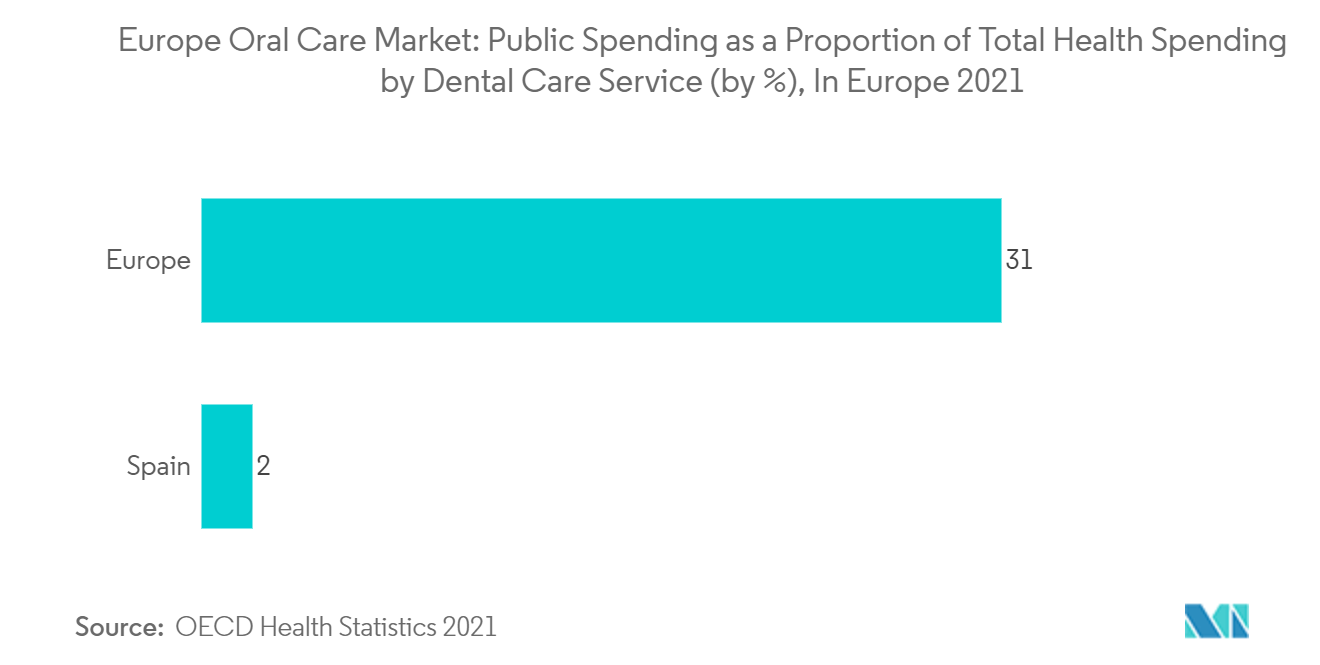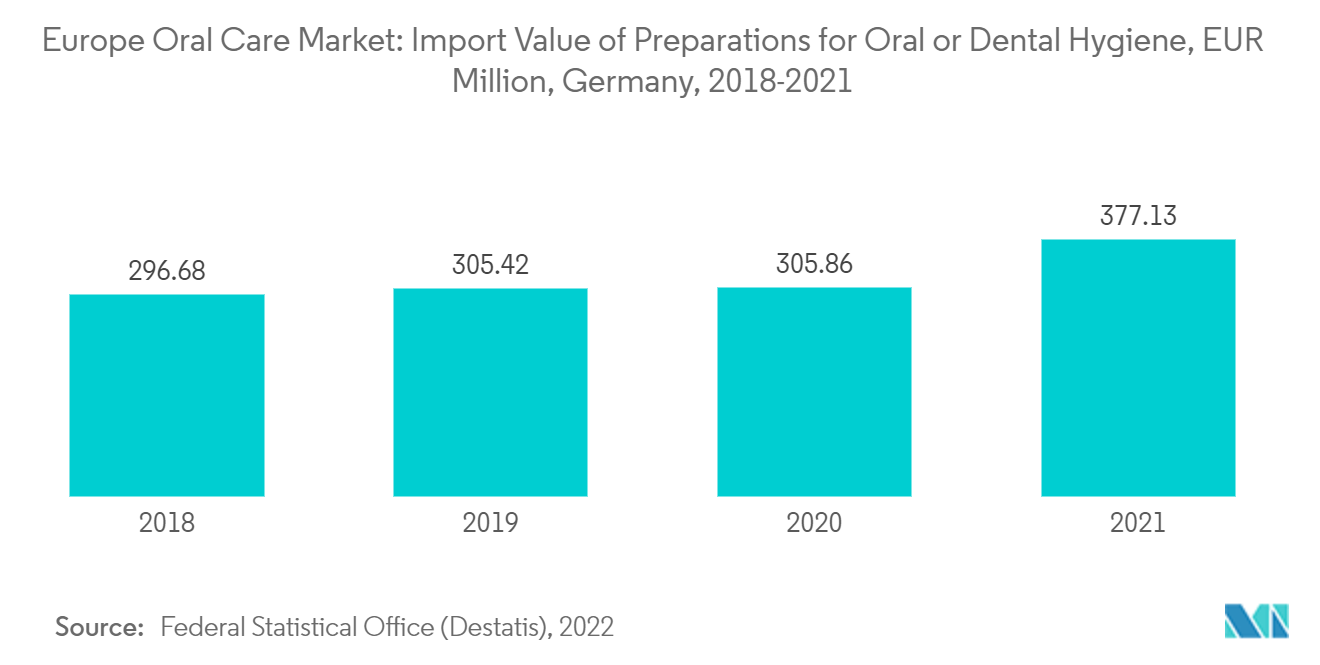Market Trends of Europe Oral Care Industry
Mouth Washes and Rinses to Experience Fastest Growth Rate
The business is projected to be driven by rising oral hygiene awareness and greater penetration into emerging economies. Consumers with dry mouth, diabetes, or systemic diseases, such as Sjogren's syndrome, or those who are undergoing radiation therapies use alcohol-free mouthwashes, which also support the growth of the segment in the region. In developing economies, key players work on increasing awareness of the importance of integrating mouthwashes as a part of the primary oral care routine, i.e., before or after brushing and at different intervals during the day to maintain the pH of the mouth and to fight germs that can cause gum diseases.
Herb and plant extracts are used more frequently in toothpaste and mouthwashes. Natural phytochemicals are used in oral hygiene products due to the development of multidrug-resistant diseases and the need for affordable, secure, and efficient alternatives. Some herbal ingredients and plant products that are frequently investigated for usage in toothpaste and mouthwashes include aloe, curcumin, eucalyptus oil, licorice, neem, and tea tree oil. Thus, the market is further driven by the use of herbal ingredients in mouthwashes, as there is an increase in consumer preference for organic and natural ingredients.

Germany Holds the Largest Market Share
Germany holds the largest market share attributed to the largest consumer market in the country and its dense population. Key players in the country indulge in partnerships with several dental associations by launching oral care centers and campaigns to create awareness and promote their oral care products. Moreover, dental associations approve certain oral care brands as safe and effective to use. This also encourages customers to invest in mouthwashes and other oral care products, supported by the rising per capita spending for oral hygiene products. The flourishing oral care market in Germany is stimulated by the country's expanding beauty and personal care sector. GlaxoSmithKline and Procter & Gamble continued to lead the German toothpaste market, as they contain a portfolio of well-known and trusted brands.
Technology improvements in the field and rising public awareness of oral hygiene drive the market in Germany. Teeth whitening products have become more popular in the country as people place a greater emphasis on personal care.
German consumers seek customized oral hygiene solutions or products that address their unique demands, such as antimicrobial toothpaste, tartar-protecting toothpaste, and orthodontic toothbrushes.


